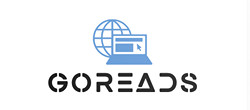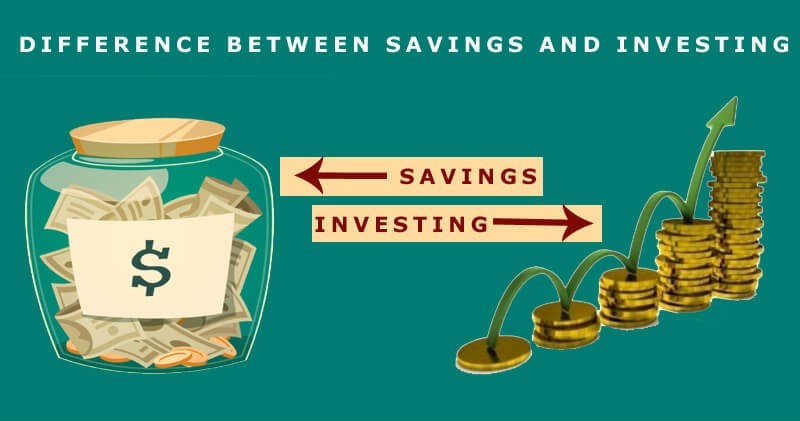Artificial intelligence ( AI) is expanding throughout all sectors of the economy, with a forecast of 200 billion invested in this technology by 2025, according to Goldman Sachs. And, one of the most transformative is the financial services sector, as portfolio managers are starting to use generative AI tools to help them collect and analyze data in search of the best returns.
If big funds are using generative AI, why wouldn’t you use it to achieve higher returns?
The reality is that for the financial sector, AI can help in different business areas, such as customizing products to customer needs, automating back-office operations or managing risk and fraud. However, one of the most interesting options is the possibility of improving the decision-making process in investment portfolio management, since it can help identify opportunities for buying and selling shares.
How to use AI to manage an investment portfolio
AI tools are very important in trying to generate alpha, that is, outperforming our benchmark. For example, if we seek to invest in Spanish companies, the reference index will be the Ibex 35, so any return we achieve above the Ibex will be alpha. All professional investors have already incorporated these types of solutions, so individuals should also start using them to look for that alpha.
First, AI helps select stocks. Stock markets handle millions of pieces of information about assets that investors want to buy or sell, so deciding between the millions of stocks out there can be chaotic. This requires the use of ‘stock screeners’, so you can start using those that incorporate AI to display data, and graphs or have innovative ways to interact with the user with generative AI like ChatGPT.
An innovative ‘stock screener’ is FinChat.io, which has a chat that allows you to write questions and get answers ChatGPT style. For example, in its free version, you can ask it to compare the latest annual results of Meta (Facebook) and Alphabet ( Google ).
Thus, if you are interested in investing in one of these two technologies, you can simply write to organize the desired information to do your analysis and decide to invest in one or the other company. In this way, this tool can save time searching for data on the websites of these companies and collecting it. This was an answer he offered when purchasing Meta and Alphabet: “Meta Platforms, Inc. has a higher operating margin of 34.41% compared to Alphabet Inc.’s 27.42%. This indicates that Meta Platforms, Inc. has been able to generate higher revenue growth and maintain a higher operating margin compared to Alphabet.”
A good tool to get graph visualizations is Finviz. In its free version, this tool allows us to use various filters to create graphs that help us identify stocks that fit our investment objectives. For example, you may be asked to search for companies in the technology sector, that are X percentage below or above your target price, and that are in a market capitalization range, among other filters.
Thus, the AI sorts the information from the Finviz platform to generate a list according to our preferences. You can even configure a series of parameters and set alerts to alert us when there may be a buying or selling opportunity. This tool also offers graphs with a multitude of information to help in portfolio management.
Another very interesting ‘stock screener’ is Ainvest.com, which has a chat in which you can enter the parameters of what you are looking for to obtain the desired information. For example, ChatGPT can be asked for similar actions and offers the companies C3.ai and Amesite in response.
These are examples of AI-based tools for identifying opportunities, but this revolutionary technology also offers more opportunities for portfolio management.
Building portfolios or detecting trends: the potential of AI
Assisting in stock selection is one of the many possibilities where AI can help. This technology can also help in customizing a target portfolio based on our needs, risk management, or generating economic forecasts to try to identify trends.
Creating a target portfolio is one of the most important procedures an investor must have. This portfolio serves as a kind of guide to achieve the desired goals and, for this task, there are robo-advisors such as Wealthfront or Betterment that can be used.
Then there are others that seek to use ‘machine learning’ techniques to try to identify trends such as AI for Alpha, or Wealthbuddy, although these solutions are paid. In turn, Simply Wall St has different investment portfolios that copy great investors like Bill Ackman and that
are updated through AI.
These are just some of the AI tools that are emerging to seek higher returns. In the world of investing, information is power. Large funds are already incorporating these solutions to search for alpha, so these tools are just a few that you can start using to manage your portfolio like a pro.



